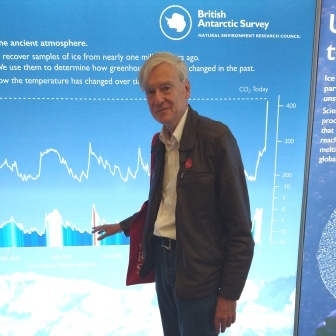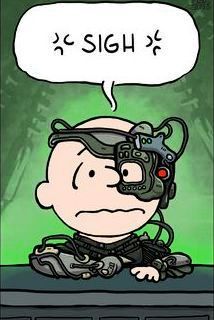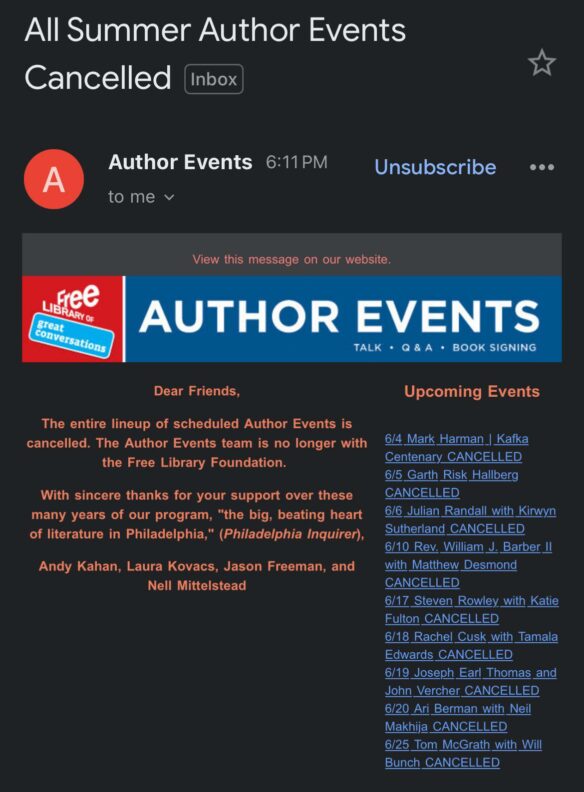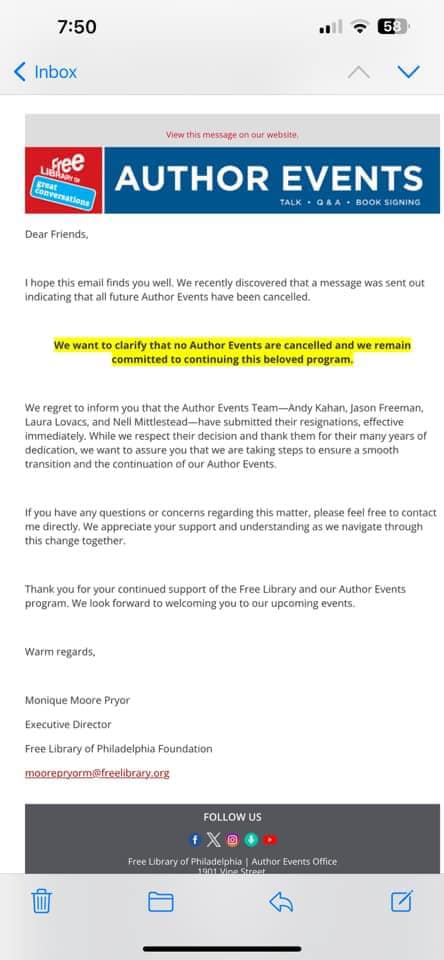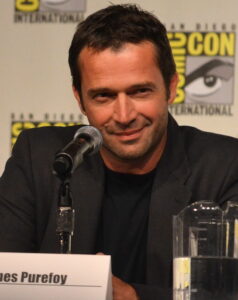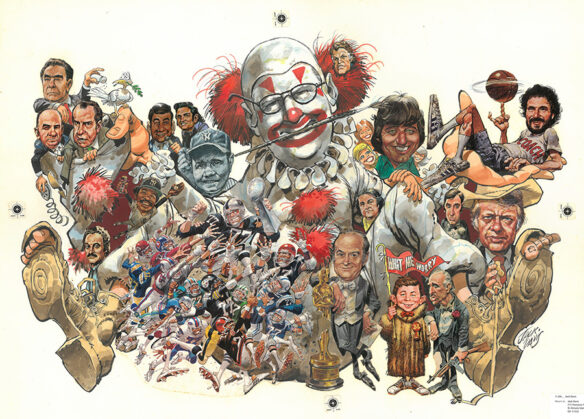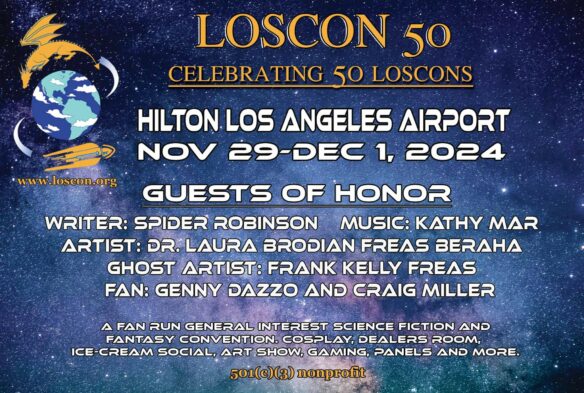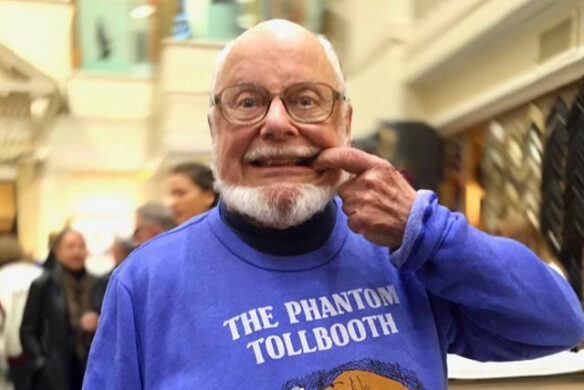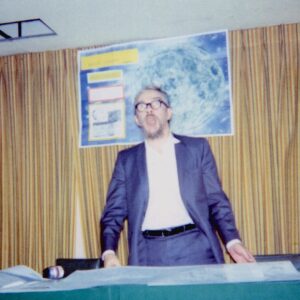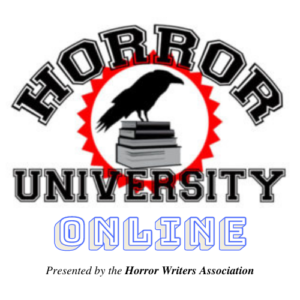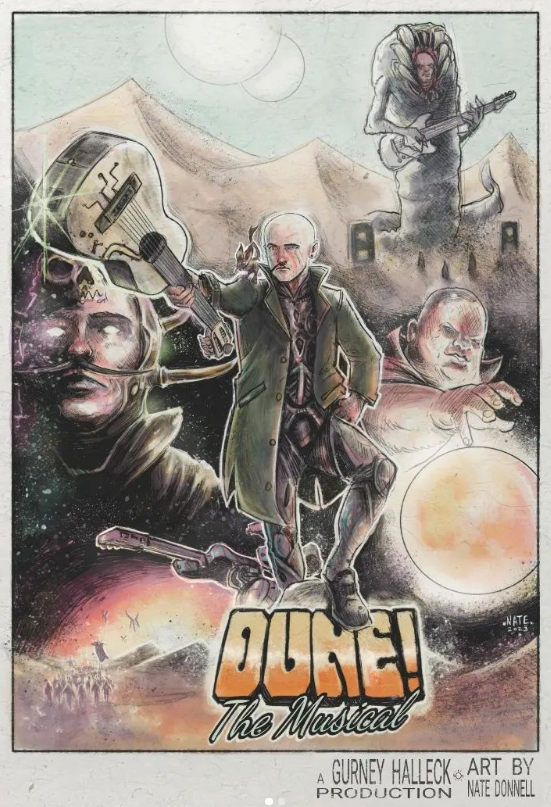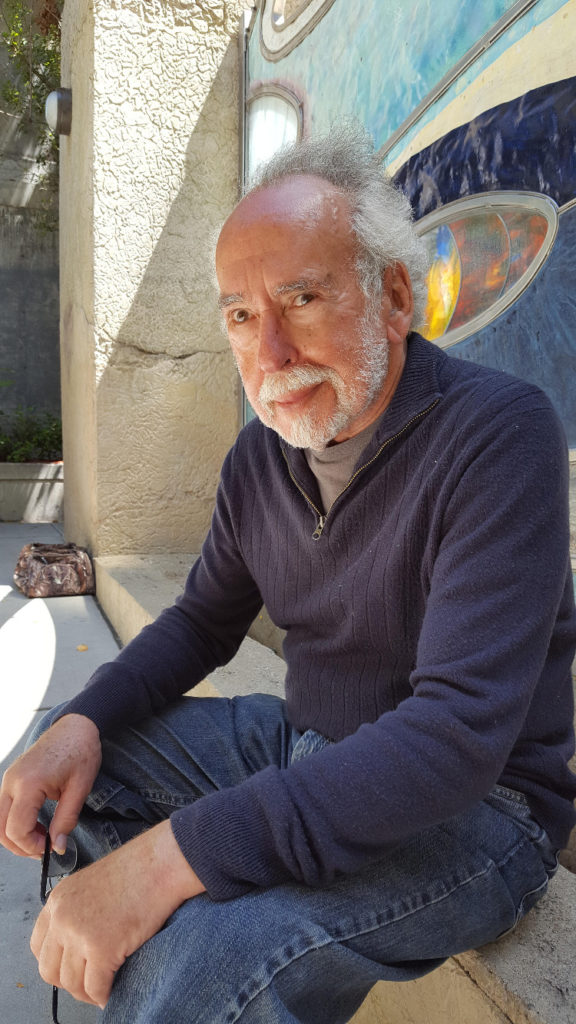(1) CEMETERY DANCE KERFUFFLE HAS CONSEQUENCES. StokerCon today announced on Facebook a punitive action against small press Cemetery Dance in response to publisher Richard Chizmar’s exchange with an author who wrote to him seeking overdue royalties.
Due to recent information coming to light, Cemetery Dance will not be allowed to hear pitches during StokerCon. The Horror Writers Association stands up for the rights of its members, including the right to receive royalties as contracted, to have their works published as contracted, and to have its members treated with civility and respect. Cemetery Dance appears to be lacking in all of these areas.
Todd Keisling is the author whose experience at the hands of Cemetery Dance publisher Richard Chizmar led to HWA’s action. It seems he did finally get paid.

Screencaps of the exchanges were posted by Keisling in comments on Facebook after Chizmar doubled down on calling Todd a funny little man and then did a “dirty delete” of the comment.


Several authors have followed up with comments about having to dun Cemetery Dance for payment.


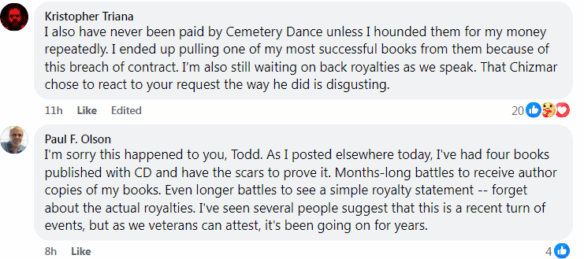
(2) MAURICE BROADDUS’ BOOKSHELF. Shelfies, edited by Lavie Tidhar and Jared Shurin, “Takes a unique peek each week into one of our contributors’ weird and wonderful bookshelves.” A recent entry was “Shelfies #33: Maurice Broaddus”. Photo at the link.
The why I do what I do shelf. This is the shelf of books that have inspired me or push me to do what I do. Futureland (Walter Mosley) was the first book that made me re-think my writing trajectory. When I read it, I thought to myself “we can do that?” It was the first sf book I read that had characters who looked like me, that had worldbuilding done through a different cultural lens….
(3) TOO GOOD TO BE TRUE, CHAPTER 37. Victoria Strauss introduces Denise Beck-Clark’s writeup before turning over the microphone in “Guest Post: My Twenty-Four Hour Dream” at Writer Beware.
I’ve written many scam case studies and investigations on this blog, all of which reference and/or describe writers’ direct experiences (while protecting their identities, as Writer Beware always promises to do). But when the essay below landed in my inbox this week, it presented the perfect opportunity to offer a different perspective: a writer’s own first-person description of her encounter with a scammer.
The scam in question is an extremely common one: out-of-the-blue contact from someone claiming to be a well-known film producer/famous movie director/executive with a major production company supposedly eager to turn the writer’s book into a movie. The essay details all the typical elements of this often-elaborate fraud: praise and promises carefully calibrated to manipulate the writer’s hopes and dreams (and ego), contracts and other items that lend a veneer of authenticity, even a phone call from the famous director attached to the project! But also warning signs, which this writer didn’t ignore but too many writers do–such as American movie people speaking with strong foreign accents.
Denise Beck-Clark has kindly given me permission to use her name and bio (at the bottom of the post). Hopefully her experience will help other writers recognize and avoid this type of scam. (My favorite part of the story: when the scammer recommends using Writer Beware.)…
(4) JOSH ROUNTREE Q&A. “Nuts & Bolts: Author Josh Rountree on Transitioning From Short Stories to Novels” on the Horror Writers Association blog.
Q: How is writing a novel different from writing short fiction?
A: I don’t think there’s one perfect answer for this, but in general I think short stories and novels require us to access different parts of our writer brains.
Being a short story writer, my brain is always telling me to tighten, tighten, tighten. Leave nothing in the story that’s not important to character, advancing plot, etc. You try to make every sentence you write do double duty.
When I transitioned to working on a novel, I felt that same instinct, and I had to remind myself that it’s okay to let things breath. I can go deeper into the characters, their personal stories, and figure out who these people are on a deeper level. I still want every sentence to work hard, advancing the story and building the character, but I can be a bit more leisurely about it.
Some people are skilled at one form and not the other. I think I’m one of them. Short stories come easily to me, but novels are much more challenging. I wrote a half dozen novels that will never see the light of day, for good reason. Books that I thought were wonderful at the time, but with hindsight I can see they’re a mess. As much as I love short story writing, I did want to prove to myself I could write a novel, but the process became discouraging with each new failure.
Finally, I decided to split the difference and see if I could write a novella. I told myself it was really nothing more than a longer short story. I was consciously trying to trick myself, and ultimately it worked.
(5) ALEXANDER SKARSGÅRD Q&A. There are four Murderbot questions near the end: “Alexander Skarsgård: The Empire Interview” at Empire Online.
How did you approach that evolution, of portraying a machine that is becoming a bit more human?
Ironically, I found Murderbot more relatable than most characters I’ve ever played.
(6) NEW AI COPYRIGHT SUIT. “Publisher of PCMag and Mashable Sues OpenAI” reports the New York Times. (Behind a paywall.) “Ziff Davis, which owns more than 45 media properties, is accusing the tech company of infringing on the publisher’s copyrights and diluting its trademarks.”
… In a 62-page complaint filed in federal court in Delaware, where OpenAI is incorporated, Ziff Davis says the tech company has “intentionally and relentlessly reproduced exact copies and created derivatives of Ziff Davis works,” infringing on the publisher’s copyrights and diluting its trademarks. It claims that OpenAI used Ziff Davis content to train its artificial intelligence models and generate responses through its popular ChatGPT chatbot.
“OpenAI has taken each of these steps knowing that they violate Ziff Davis’s intellectual property rights and the law,” the complaint says.
The company is seeking at least hundreds of millions of dollars in its lawsuit, according to two people familiar with the matter.
A spokesman for OpenAI said in a statement that its models were “grounded in fair use,” referring to the legal standard for use of copyrighted material….
(7) COLONEL MUSTARD IN THE MOVIE THEATER WITH THE CASH REGISTER. CrimeReads says it’s time to praise this 1985 movie: “The Clues, the Clueless, and the Critics: Appreciating Clue” at CrimeReads.
…[It] is this latter element of the film (the board game come to life) that all its contemporary critics found both equally vexing and ingenious. The film, written and directed by Johnathan Lynn, features three different endings. Three different outcomes to the mystery, just as is possible in the board game. There is no motive in the board game, so one must be supplied for the film to have any meaning. That is, if it strives for meaning. It doesn’t. Instead, it embraces the randomness of a shuffled card deck, offering three random endings that might satisfy the clues in the story as well as the next.
This is what Ebert in referencing in the aforementioned quote, the start of his review of the film—an element that, on its own, he found brilliant. “The way Paramount is handling its multiple endings,” he wrote, “is ingenious. They’re playing each of the endings in a third of the theaters where the movie is booked. If this were a better movie, that might mean you’d have to drive all over town and buy three tickets to see all the endings.” He concludes, though, “[w]ith ‘Clue,’ though, one ending is more than enough.”
But he was correct in finding creative merit in this aspect of Clue. Writing in 2021, the scholar Milan Terlunen noted that “Clue lays bare the inner workings of all detective stories. Clue‘s multiple endings aren’t just a clever cinematic translation of the board game’s structure — they reveal something crucial about the nature of clues in general.” He goes on to explain that the very point of “solving” a mystery is “the process of distinguishing clues from red herrings… [t]here’s always too much evidence in a detective story, which fits beautifully with the general too-muchness of Clue.”…
(8) MEMORY LANE.
[Written by Cat Eldridge.]
April 26, 2010 — Iron Man II
Fifteen years ago the sequel to the highly successful and quite popular Iron Man se premiered in select markets before opening nationwide on May 7.
Titled just Iron Man 2, it was directed by Jon Favreau who had done the first film, and written by Justin Theroux, who had not done the first film (which had been written by a committee of Mark Fergus, Hawk Ostby, Art Marcum and Matt Holloway. Hey it worked, didn’t it?) The first film got nominated for a Hugo at Anticipation.
Iron Man 2 premiered at the El Capitan Theatre, a fully restored movie palace in Hollywood. This theater and the adjacent Hollywood Masonic Temple (which are now known as the El Capitan Entertainment Centre) are owned by the Disney Company and serve as the venue for a majority of the Disney film premieres.
Although fandom is very fond of saying it did substantially worse than the first film at the box office that’s a lie as it actually did better. Iron Man did five hundred and eighty million against one hundred and forty million in costs, whereas this film took in six hundred and thirty million against the same production costs.
So how was it received by critics at the time? Anthony Lane at the New Yorker liked it better than its competitors Spider-Man and Superman: “To find a comic-book hero who doesn’t agonize over his supergifts, and would defend his constitutional right to get a kick out of them, is frankly a relief.”
Roger Ebert writing for the Chicago Sun-Tribune was impressed: “Iron Man 2 is a polished, high-octane sequel, not as good as the original but building once again on a quirky performance by Robert Downey Jr.”
Audience reviewers at Rotten Tomatoes currently give it a rather good seventy-two percent rating.
It is of course streaming where all things Marvel are which is Disney+. I am going to have to subscribe, aren’t I?

(9) COMICS SECTION.
- Birdbrains chooses super teams.
- Brilliant Mind of Edison Lee tries the find out part of time travel.
- Cornered finds value on sale.
- Fowl Language can’t get credit for having a trait in common with a superhero.
- Off the Mark fears a tangled danger.
- Pearls Before Swine takes advice for improving a script.
- Speed Bump brings work home.
(10) ANTI-RULES. Karl K. Gallagher has done an interesting thought experiment on X:



(11) BATTLING THE BLAHS. [Item by Steven French.] The Guardian’s Luke Holland considers the declining fortunes of assorted TV ‘super-franchises’ and comes up with some radical suggestions for reviving their fortunes: “May the force be with you! How to save every tired TV superfranchise, from Star Wars to Game of Thrones”.
It’s amazing to think that, not so very long ago, people were actually excited at the prospect of a new Star Wars show. Or when it emerged that a fresh Lord of the Rings saga was, through some kind of Gandalfian wizardry, being squeezed on to the small screen, the reaction was one of giddy awe. Even the faintest whisper of another trip to Hogwarts would have set the whole internet ablaze. And now? Well, here’s a test: there’s a new Harry Potter series coming out soon. How does that make you feel? Exactly.
There’s no doubt about it – a worrying number of what used to be the world’s most untouchable franchises are in trouble. But how did they arrive at this point of terminal audience ennui? And is there any route for them back into our hearts?
(12) TATOOINE-ALIKE. “Rare exoplanet orbits twin stars in ‘Star Wars’-like twist” reports Phys.org.
Astronomers have discovered a planet that orbits at a 90-degree angle around a rare pair of strange stars—a real-life ‘twist’ on the fictional twin suns of Star Wars hero Luke Skywalker’s home planet of Tatooine.
The exoplanet, named 2M1510 (AB) b, orbits a pair of young brown dwarfs—objects bigger than gas-giant planets but too small to be proper stars. Only the second pair of eclipsing brown dwarfs known—this is the first exoplanet found on a right-angled path to the orbit of its two host stars.
An international team of researchers led by the University of Birmingham made the surprise discovery using the European Southern Observatory’s Very Large Telescope (VLT). The brown dwarfs produce eclipses of one another, as seen from Earth, making them part of an “eclipsing binary.”
Publishing their discovery in Science Advances, the researchers note that this is the first time such strong evidence for a “polar planet” orbiting a stellar pair has been collected.
Thomas Baycroft, a Ph.D. student at the University of Birmingham who led the study commented, “I’m particularly excited to be involved in detecting credible evidence that this configuration exists.’…
(13) TRAILER PARK. “Love Death + Robots Volume 4”. Extreming May 15 on Netflix.
The Emmy-winning anthology of twisted tales from strange worlds returns, with stories featuring MrBeast and the Red Hot Chili Peppers
[Thanks to SF Concatenation’s Jonathan Cowie, Mark Roth-Whitworth, Steven French, Kathy Sullivan, Teddy Harvia, Mike Kennedy, Andrew Porter, John King Tarpinian, Chris Barkley, and Cat Eldridge for some of these stories. Title credit belongs to File 770 contributing editor of the day Daniel Dern.]









